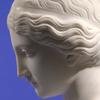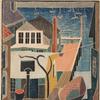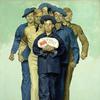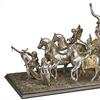Masterpieces of Chinese Painting from the Metropolitan Collection Opens Oct. 31 at the Met
- NEW YORK, New York
- /
- October 27, 2015
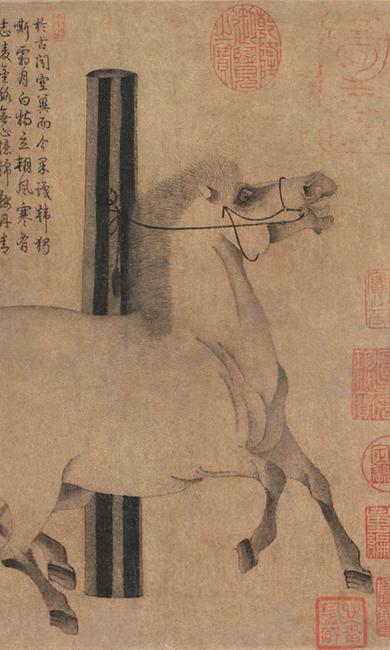
Over the past 40 years, The Metropolitan Museum of Art’s collection of Chinese painting and calligraphy has grown to become one of the greatest and most comprehensive in the world, a testament to the discerning eye of its renowned Department of Asian Art, which is celebrating its 100th anniversary this year. To help mark the occasion, the department will present the special exhibition this fall entitled Masterpieces of Chinese Painting from the Metropolitan Collection, which encompasses the vast historical sweep of the brush arts of China, dating from the Tang dynasty (608–917) to the present. By highlighting the collection’s most notable works of art, the exhibition will provide visitors with a rare opportunity to learn about the history of Chinese painting and calligraphy through some of the best examples available from each era. Featuring a total of 110 works, the exhibition will be presented in two rotations.
The exhibition (from October 31, 2015–October 11, 2016) will begin with a riveting concentration of early works from the Tang and Song dynasties (960–1279), including the oldest and most storied piece in the Museum’s collection of Chinese art—Han Gan’s Night Shining White, an eighth-century painting of the favorite horse of Emperor Xuanzong (r. 712–756). The painting bears seals and inscriptions dating to the eighth century that document more than 1,200 years of provenance. Alongside this work will be one of the few surviving Chinese paintings from the 10th century—the imposing Palace Banquet, which depicts a lavish courtly scene in the women’s quarters of the palace.
The exhibition will continue with one of the world’s most important examples of Song dynasty calligraphy, Biographies of Lian Po and Lin Xiangru, by Huang Tingjian (1045–1105). Across from this will be one of only two surviving works by the Northern Song master who was recognized as the court’s greatest painter of figures: Classic Filial Piety, by Li Gonglin (ca. 1041–1106).
During the Southern Song dynasty (1127–1279), the leading calligraphers in the empire were its emperors and empresses. Works on view will include a selection of imperial calligraphy paired with works by the top court painters, Ma Yuan and Xia Gui.
Art of the Yuan dynasty (1271–1368), when China was ruled by the Mongols, is a particular strength of the Met’s collection. Works of art from this period will include Zhao Mengfu’s well-known Horse and Groom; Zhang Yucai’s dragon painting, Beneficent Rain; and masterpieces by two heroes of the literati painting movement, Ni Zan and Wu Zhen. An exquisite painting by the plum blossom specialist Wang Mian—a delicate and masterly depiction of a blossoming branch bending in the wind, flower petals scattering elegantly in the gentle breeze—will also be on view.
A selection of works from the Ming dynasty (1368–1644) will include Elegant Gathering in the Apricot Garden, a celebrated 15th-century painting that captures beautifully the elegance of early Ming literati culture, and the imposing Two Hawks in a Thicket, by the court artist Lin Liang (ca. 1416–1480). Also on view will be a selection of masterpieces that show the intense vibrancy of the figure painting tradition during this period.
The final gallery will be devoted to the Qing dynasty (1644–1911). In addition to the strikingly modernist-like ink painting Birds in a Lotus Pond by Zhu Da (1626–1705), and the sumptuous Whiling Away the Summer, another ink painting, by Wu Li (1632–1718), the gallery will display two massive handscrolls from the Qing imperial court that document inspection tours of the southern part of the empire taken by two emperors, Kangxi (r. 1662–1722) and Qianlong (r. 1736–1795). The scrolls will fill an entire wall more than 50 feet long, providing a rare opportunity to view them side by side.
The exhibition is organized by Joseph Scheier-Dolberg, Assistant Curator in the Department of Asian Art.




10270x400_c.jpg)













